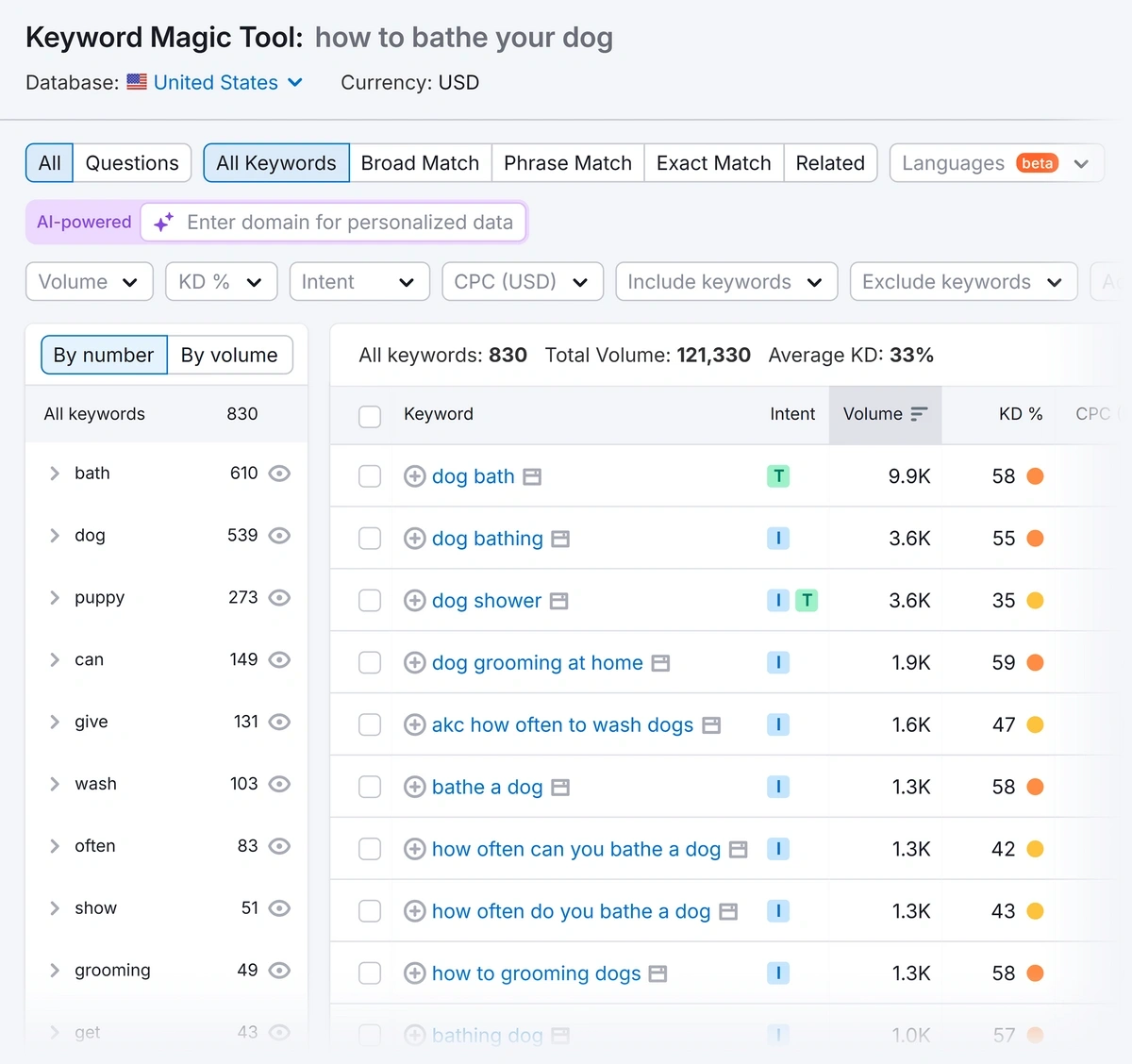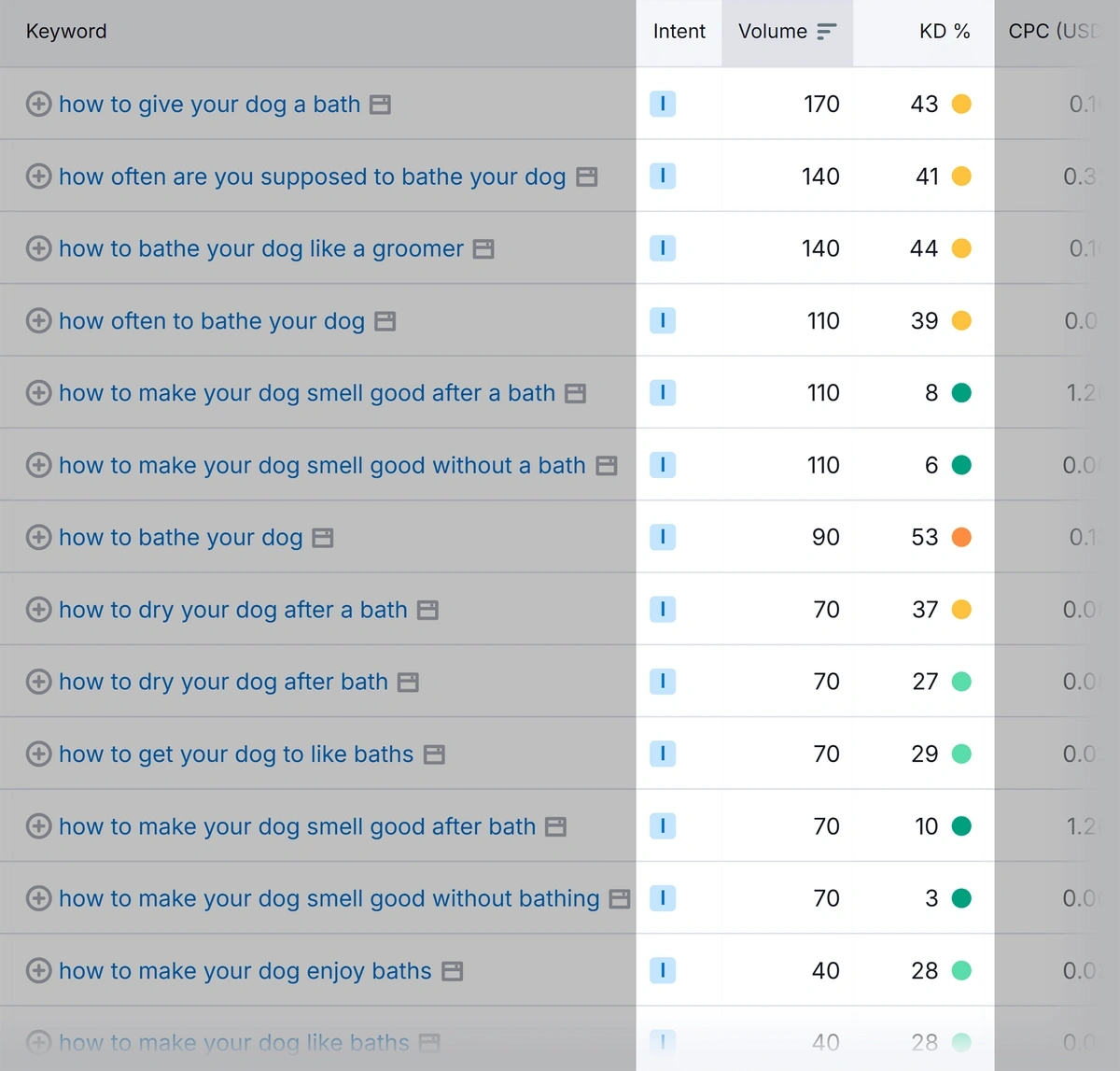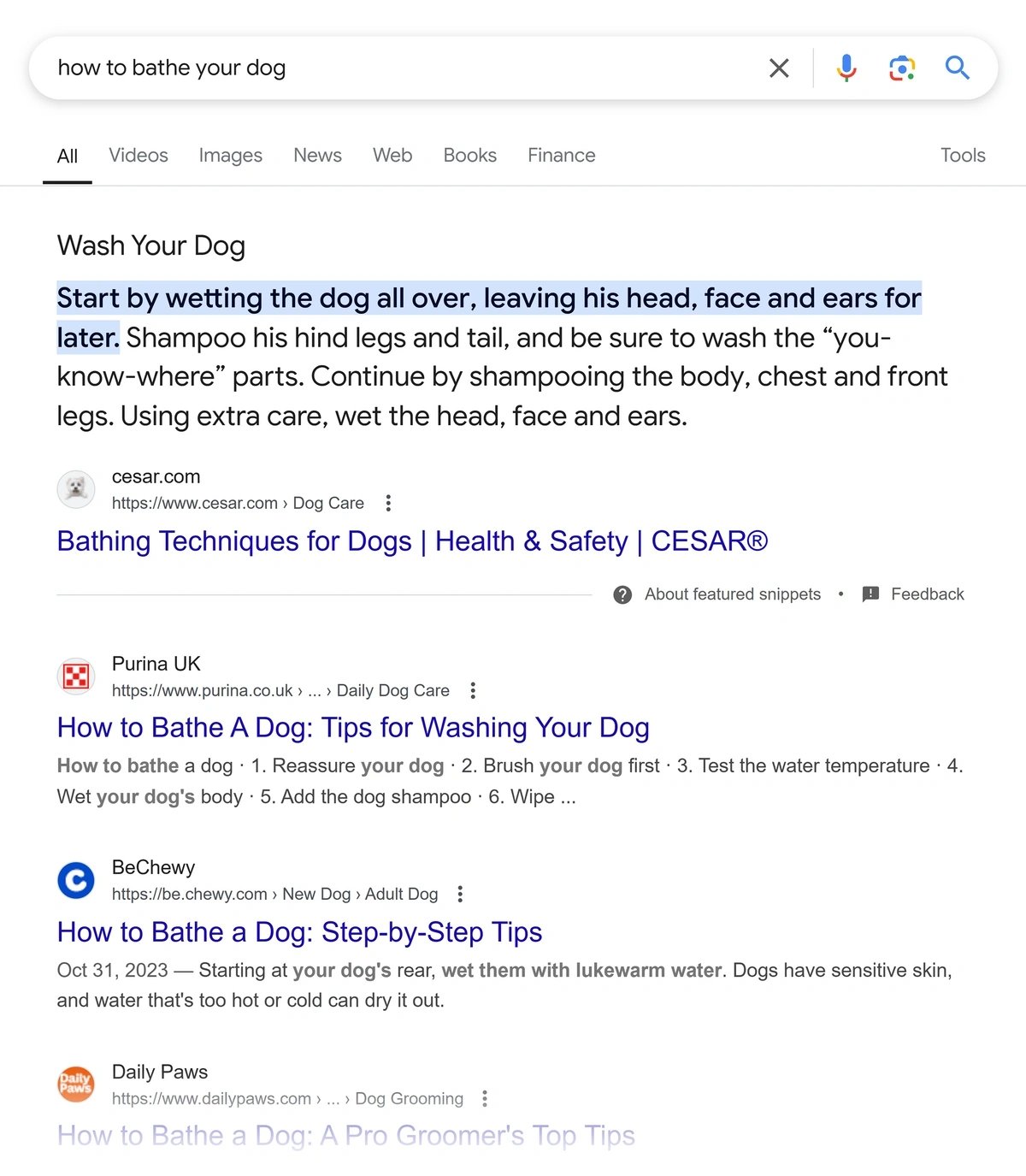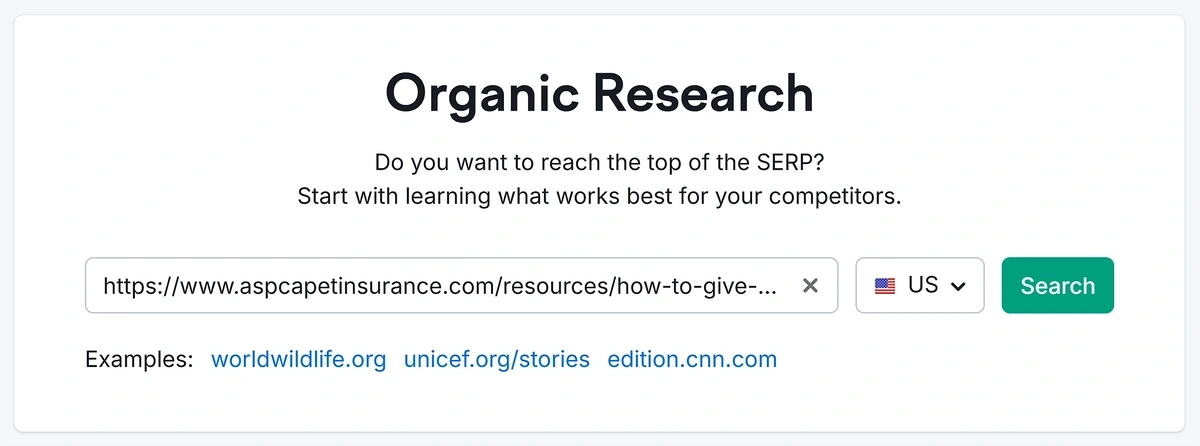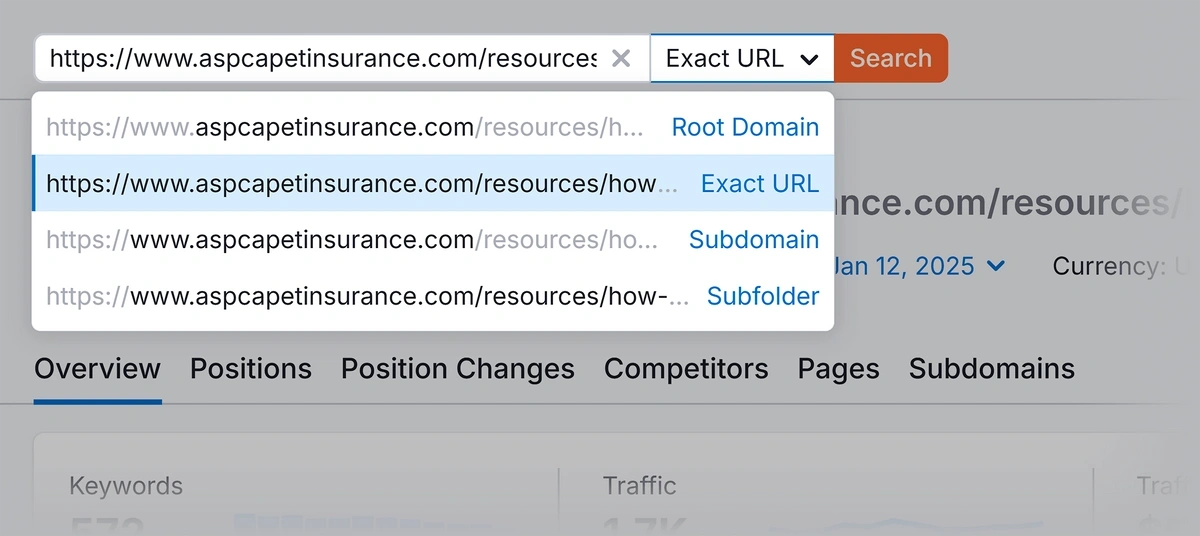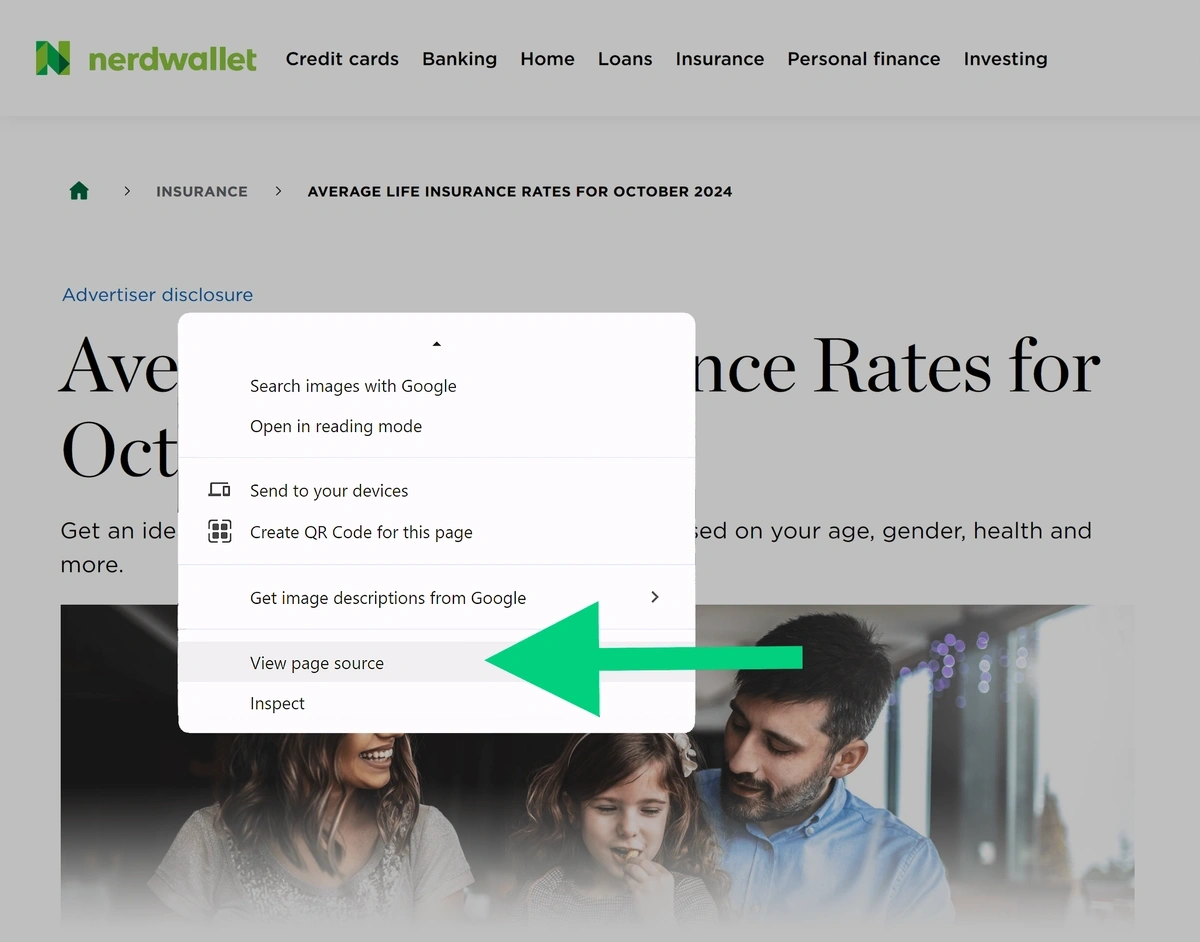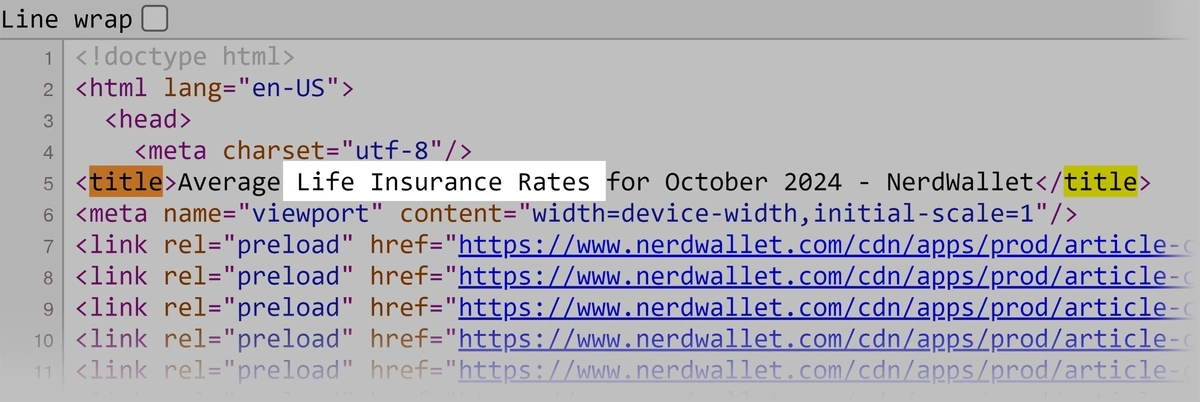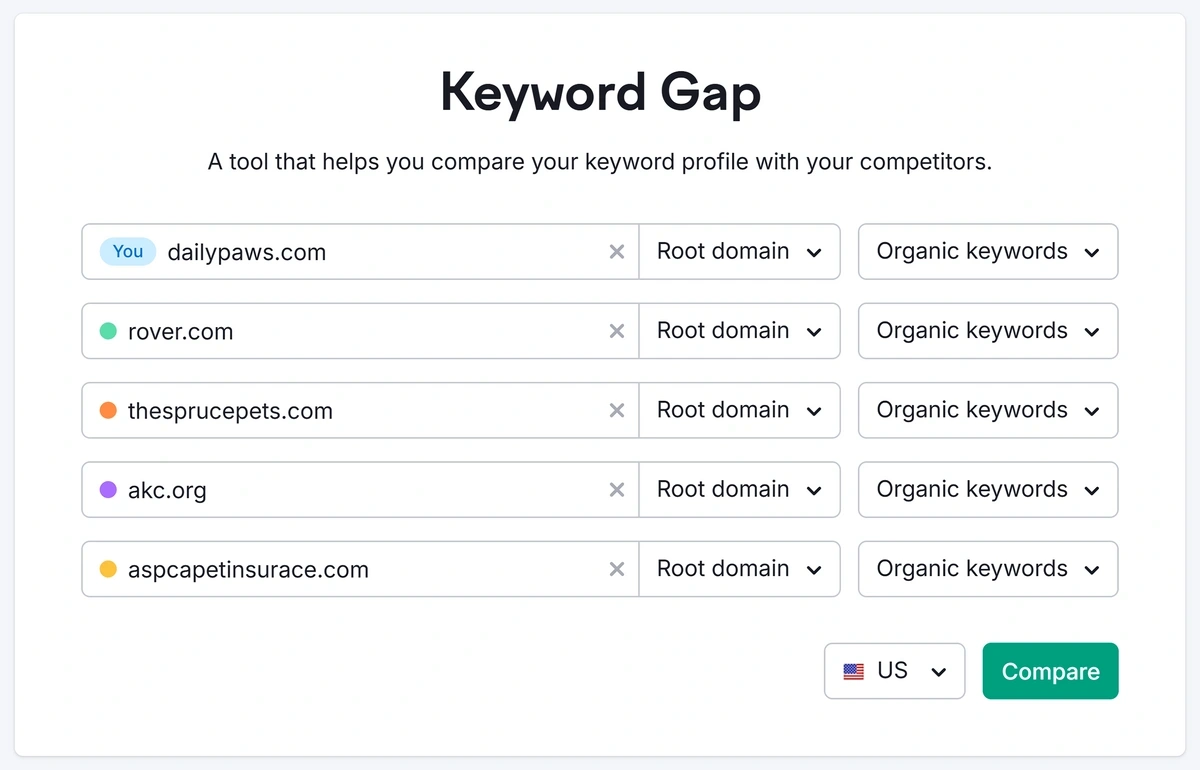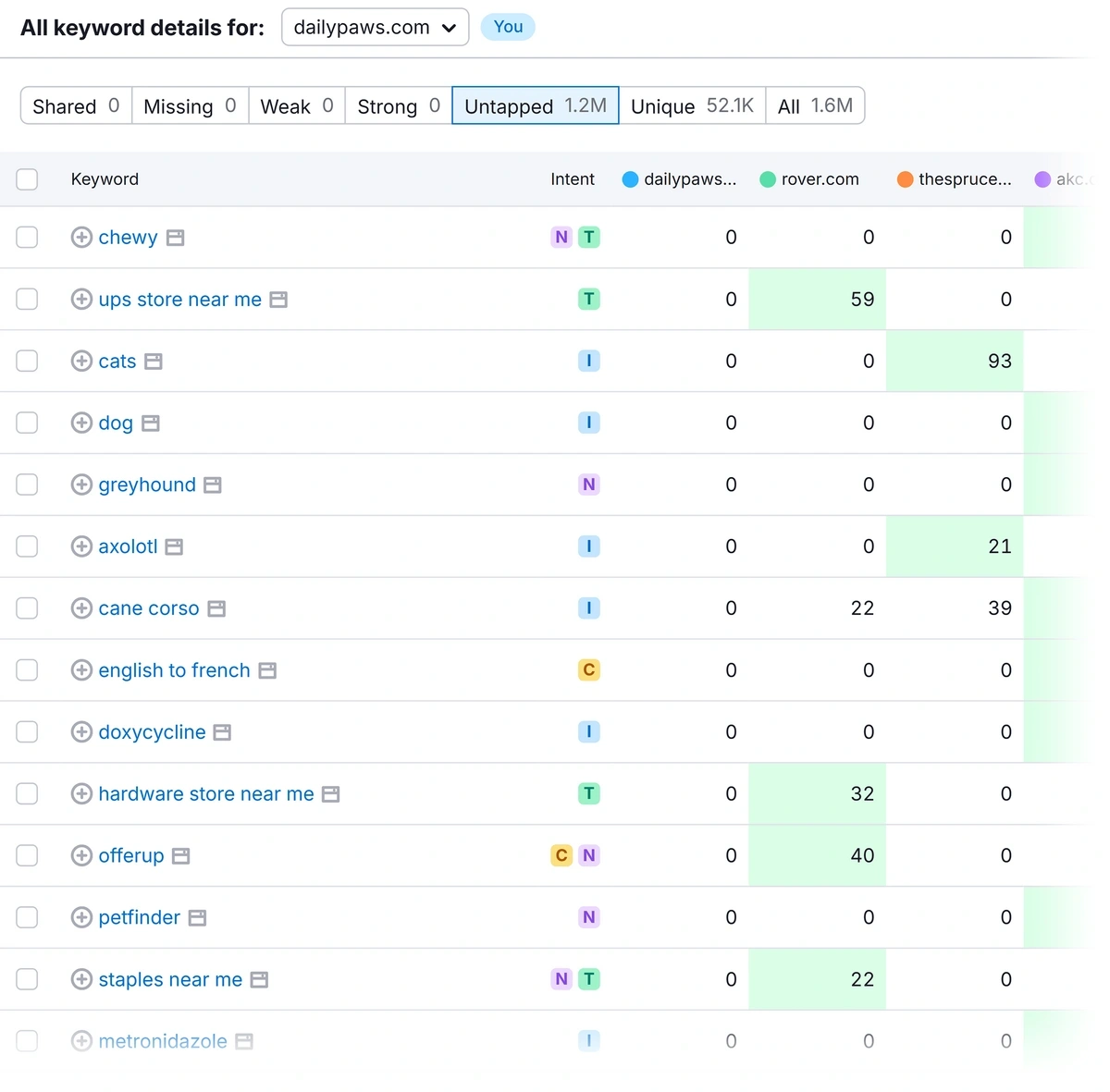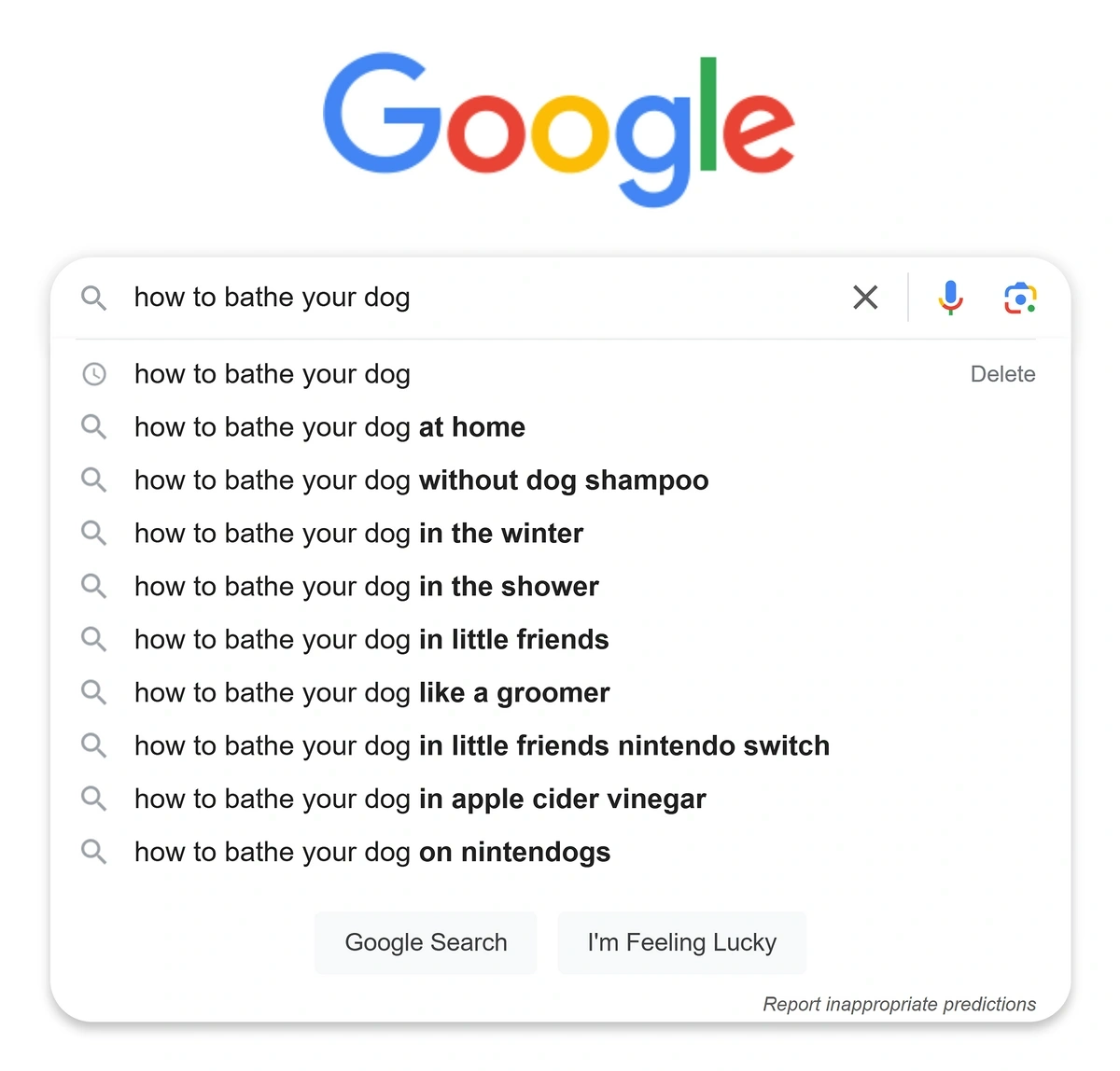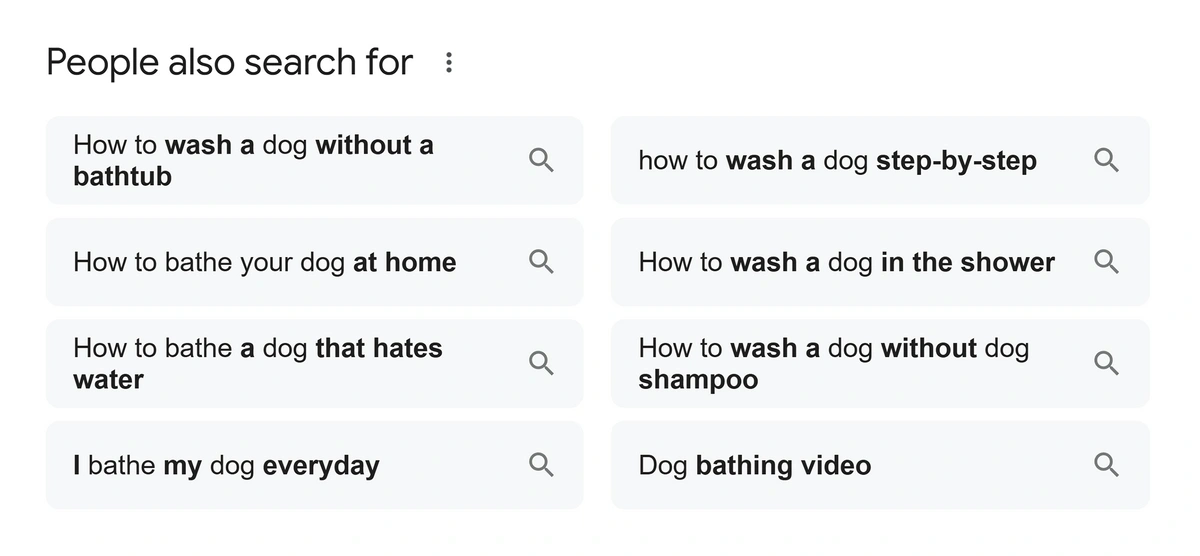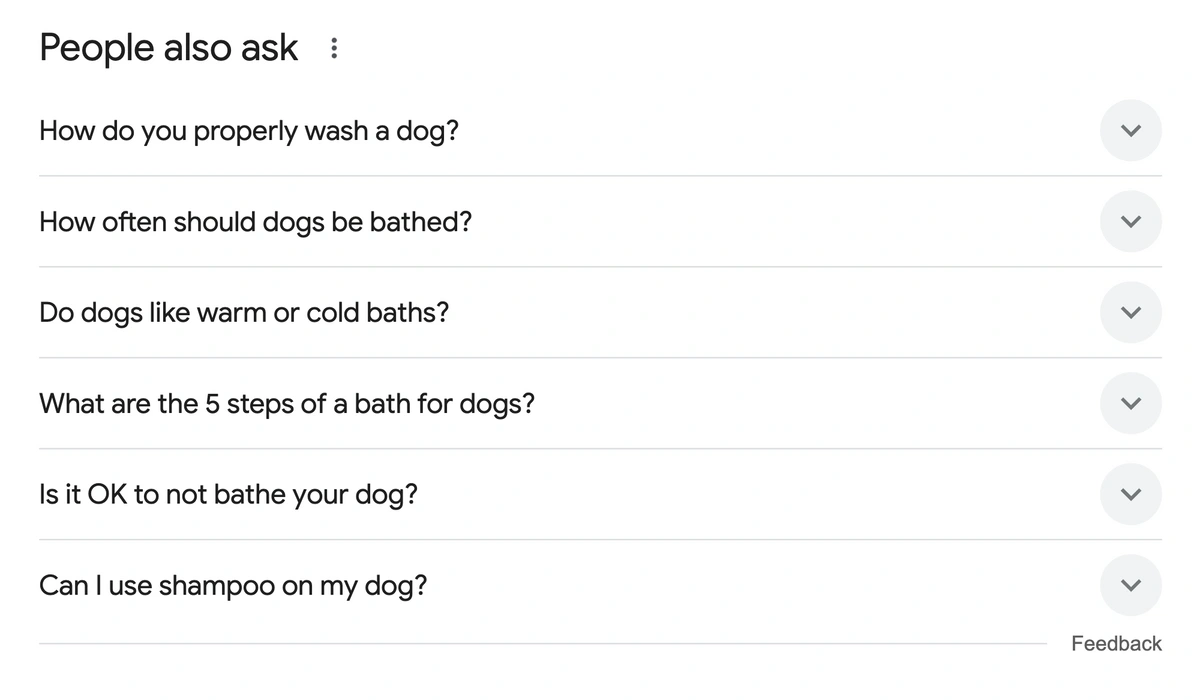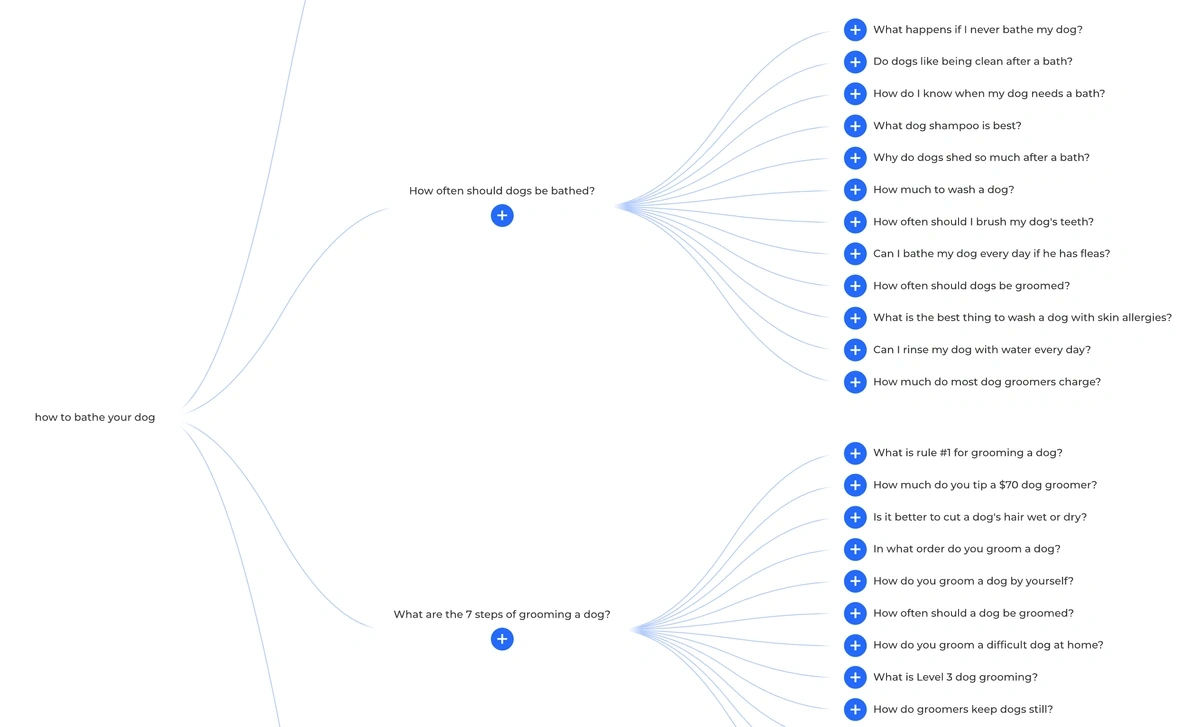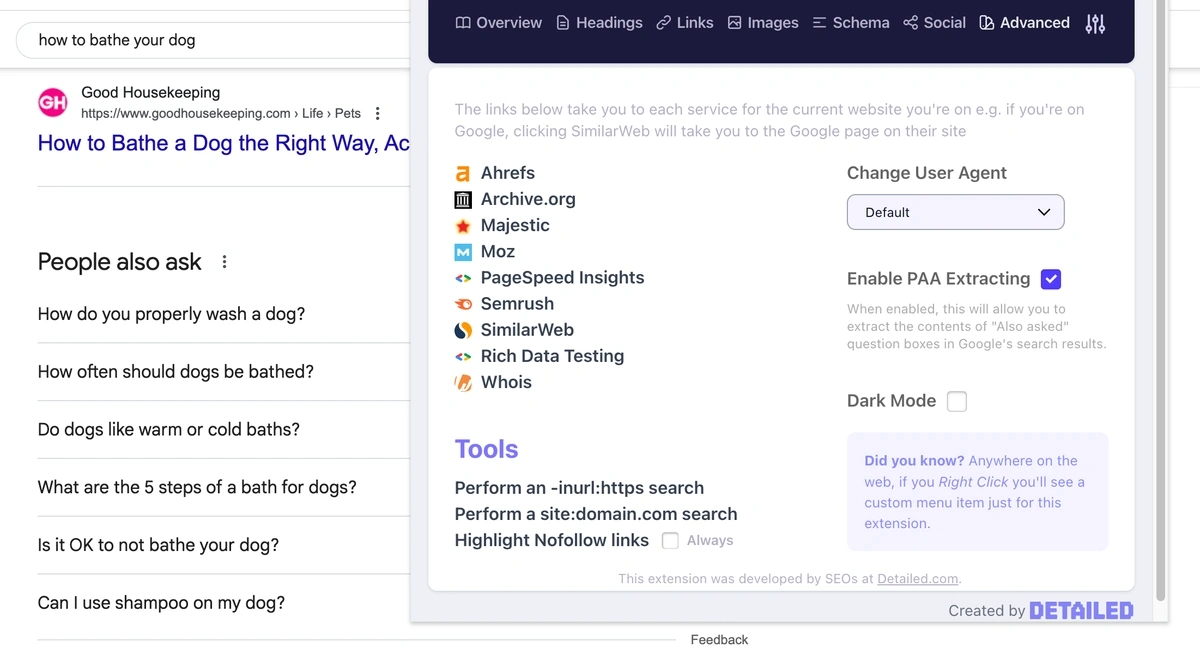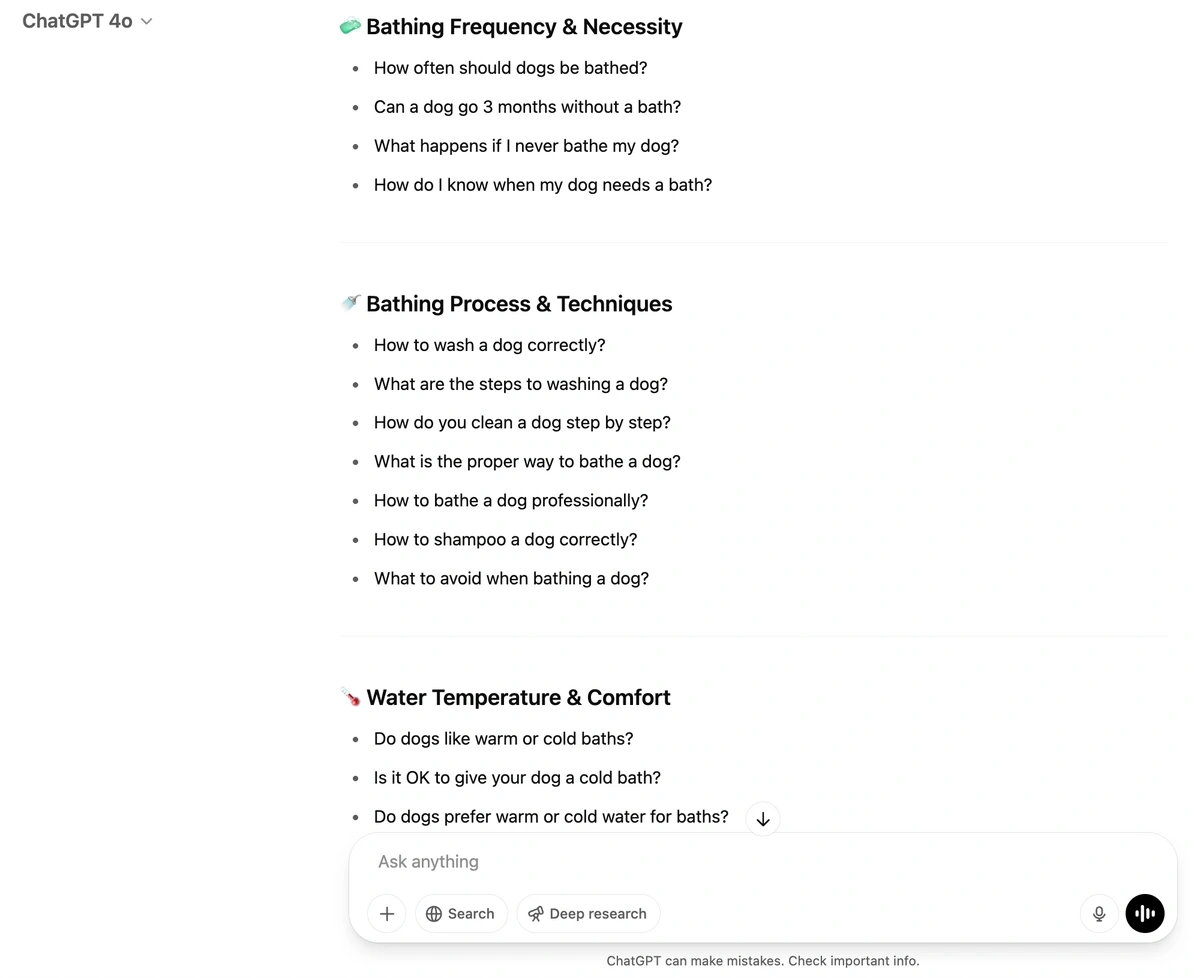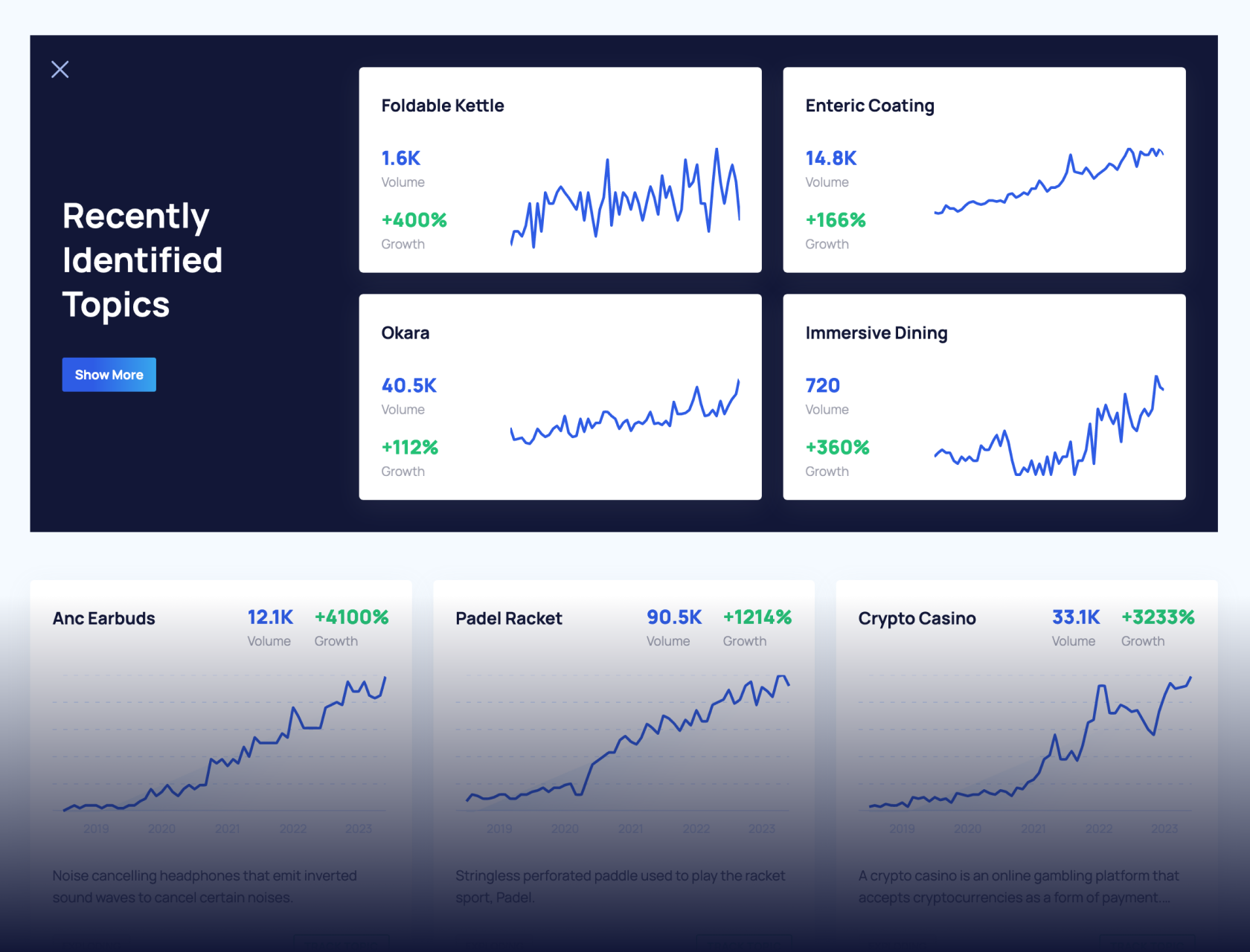
5 Ways to Find Related Content and Keywords for SEO
When you want to grow your organic traffic, creating related content around your main topics is a powerful strategy. It's also quite underlooked.
Google rewards depth, context, and how well your content answers a bunch of related queries surrounding a broader topic.
That’s where related keywords come in.
Knowing which additional keywords are relevant to your article helps you map out related content that answers follow-up questions, expands coverage, and builds topical authority.
Related keywords are individual search terms that are semantically or contextually connected to your main keyword.
Related content is the actual articles, pages, or media you create around those related keywords to cover a topic more fully.
In this guide, I'll show you how to find related content opportunities and relevant keywords that you can use to boost rankings of your content clusters.
Before reading, create a free Semrush account (no credit card needed!) to follow along and implement the steps in this guide.
Update: I've included a new technique I discovered for finding related questions to a topic using ChatGPT (read on to the end).
Get More Search Traffic
Use trending keywords to create content your audience craves.
1. Use a Keyword Research Tool
Whenever I’m optimizing content and adding keywords or themes, I always start with the Semrush Keyword Magic Tool.
It has more than 26 billion keywords in its database, making it the most comprehensive keyword research tool available.
Let’s start with a basic example: you’re writing a blog post with the primary keyword “how to bathe your dog.”
In the Keyword Magic Tool, type in your primary keyword and select the region you want to target. Then click “Search.”
When the results load, click the “All Keywords” tab. This shows you a complete list of terms that are related to your seed keyword.
Listing keywords that are related makes keyword research for SEO simple.
You’ll need to carefully review this list and pick out the keywords that relate to your topic. These are called “secondary keywords”.
For example, for this article, I would pick out terms that are directly relevant to my article:
- how to bathe a dog at home
- dog shower
- best way to wash a dog
You can also filter keywords using keyword match types:
- Broad match will show you all related keywords
- Phrase match shows related keywords with the same words as the seed keyword
- Exact match displays keywords with the same words in the same order
- Related shows keywords that are conceptually similar, but phrased differently
It’s also important to take these three metrics into account:
- Intent tells you if the keyword intent is informational, navigational, commercial, or transactional. If you’re not sure what these terms mean, we explain more in our SEO tips guide
- Volume is an estimate of the average number of times a keyword is searched each month over a 12-month period
- KD % stands for keyword difficulty, which is an estimate of how difficult it will be to rank in the top 10 for the keyword
This data helps you to decide whether you should use the keyword or skip it. Semrush estimates sometimes vary from other SEO tools, but I find it to be accurate.
As you find keywords you’d like to save, use the checkboxes on the left-hand side to select them. You can then use the “Export” button at the top right of the table to export the list to an XLSX or CSV file.
Now, what about all the other keywords that we ignored from Semrush's huge database?
Apart from keyword variations related to your current topic, Semrush Magic Tool shows you enough ideas to discover keywords that can form a new but related piece of content altogether.
Google can reward you by boosting a whole bunch of keywords if it considers you an authority on the subject that you've created several articles around.
This is why creating related content pieces is a powerful strategy.
Remember: Not all keywords are just terms to sprinkle into a single article. Some keywords are potential content topics that support and expand on your main theme.
To return to the example of the topic "how to bathe your dog", there's a good chance that people who search for this topic would sometimes also be interested in learning about techniques for drying dogs.
Sure enough, Semrush has the perfect keyword for this: "how to dry your dog after bath".
It's easy to see that this keyword is an entire topic in itself based on how many subtopics you can touch upon about drying your dog, such as:
- Different techniques for drying dogs
- Strategies for drying different dog breeds
- Best way to prepare drying a dog after their first bath
And so on...
Use the Keyword Magic Tool again to research secondary keywords for the new topic 'how to dry your dog after a bath". These secondary keywords can help you identify some subtopics to include in your new article.
Alternative: Try Our Free Keyword Tool
There is another way to do quick checks for related keywords and content.
Exploding Topics has its own free keyword research tool. You don’t need a login to use it.
Just type in your seed keyword and hit enter to review related keywords.
I use this when I need to see the Search Trend. It estimates the trend in search volume over time.
Using trending keywords can be a powerful way to build traffic quickly. If you’d like to learn more about this technique, see more tips that will help you find trending keywords.
2. Analyze Your Competitors
Analyzing competing websites can help you uncover new related keywords.
Before you can do that, you’ll want to find sites that are competing for the same traffic.
Just search for an important primary keyword and see what else is ranking in Google for the same term.
Next, copy a few URLs from the results. Then switch over to the Semrush Organic Research tool.
Paste in your first competing URL, select your target location, and click “Search.”
You’ll want to ensure that Semrush is showing you keywords for the URL you pasted in, not the entire site. So click the drop-down menu at the top of the page and select “Exact URL.”
Now click the “Positions” tab to see all the keywords this URL ranks for.
Under “Organic Search Positions”, click the checkboxes next to the terms that are directly relevant to your content. Just like before, we can export all the selected keywords to an Excel or CSV file.
Repeat the process with the next URL on your list, and keep building up your ideas for secondary keywords.
Want to Spy on Your Competition?
Explore competitors’ website traffic stats, discover growth points, and expand your market share.
Analyzing Competing Articles for Keywords
You can also find related keywords by analyzing the content on the page, or the page metadata.
One of my favorite tricks is to analyze the page title and meta description.
Most writers carefully craft their titles and meta descriptions to include important terms. So examining them can reveal the keywords that are most important to them.
Just open a competing URL and right-click anywhere on the page.
Then click “View Source.”
Look for the <title> tag and look for keywords in the page title.
Then look for <meta name="description"> and see which keywords are included there.
This is just one way to dig into competing content and find important secondary keywords. See our article on how to search a website for keywords to find out more tricks.
3. Perform a Keyword Gap Analysis
A keyword gap analysis compares your site with competing sites to find terms you don’t rank for, but they do.
This is a great way to uncover related keywords. It can even give you ideas for new content related to your core niche topics.
Semrush has a Keyword Gap tool that handles the comparison for you and highlights terms that you’ve missed.
Open up the Keyword Gap tool and type your domain name in the first field. In the fields below, type the domains up to four competitors.
Select your preferred location, and click “Compare.”
Tip: You can change the "Root domain" setting to compare a specific section of the site for more relevant results. For example, select "Subfolder" to analyze just the blog section of a site, like example.com/blog.
In the keyword gap report, Semrush will show you:
- Keywords you share with the competing websites
- The best opportunities to increase search volume
Scroll down to the keyword table to view more details about the keywords Semrush found.
You can filter the keywords in this table based on their intersection type:
- Shared: Keywords that every site, including yours, ranks for
- Missing: Keywords where all your competitors rank, but your site does not
- Weak: Keywords where your site ranks lower than your competitors’ sites
- Strong: Keywords where your site ranks higher than your competitors’ sites
- Untapped: Keywords where you do not rank, but at least one of your competitors does
- Unique: Keywords where your site ranks, but none of your competitors do
- All: All keywords for which any of the compared sites rank
If you can improve your weak keywords, they can help you strengthen your topical authority so you can outrank your competitors.
Just like before, use the checkmarks to select keywords that are related to your content and export them to a file.
And just like before, remember to think if you should be adding the newly discovered to existing content or if it makes more sense to create new topics around those keywords.
Pro Tip: When in doubt if two keywords with seemingly different intents should be targeted separately, do a Google search for each keyword. If the SERPs are nearly identical for the two keywords, they're likely connected to the same content topic and should be targeted on a single page. Otherwise, you should create separate pages for keywords with diverging intents.
4. Use Google Autocomplete and Related Search
Keyword generators are helpful. But sometimes you can find related keywords with a regular Google search.
That’s because Google tries to show you related queries when you type in a keyword.
We can harness those to expand our search for related terms.
First, check Google’s autocomplete suggestions. Just type in a keyword, but don’t hit enter yet.
Google will automatically generate related keywords in a dropdown list.
The suggestions you see here are popular alternatives to the keyword you’ve typed in. It’s a great way to get ideas for long-tail keywords.
Next, let’s look at related searches, another section of the SERP.
Search for your seed keyword in Google first. When the results load, scroll all the way down to the bottom and look for a section called People Also Search For.
Again, these keyword can either be great secondary keywords to use in a single main topic.
Or they can be ideas for new related content topics.
For example, "how to wash a dog step-by-step" is a good secondary keyword for the primary keyword "how to bathe your dog". They both relate to the exact same topic (do a Google search and see for yourself!)
But the term "how to wash a dog without a bathtub" indicates a separate topic that needs to be covered in sufficient depth in a separate article that's optimized for this keyword.
If you’d like to learn more about mining keywords from this part of the page, read our guide to optimizing with ‘People Also Search For’.
Bonus Tip: Take Advantage of People Also Ask Data
Another powerful way to enrich your content with valuable information is by answering questions people are asking about your topic.
Google shows these questions on the SERPs in a section called People Also Ask (PAA).
You can absolutely get this data manually. But it won't be pleasant.
That's because PAA questions are nested with many layers.
So if you click to expand one question, you'll find new questions appear under the clicked headline.
That's a lot of data to access and analyze manually.
Instead, I suggest the following tools and techniques to make this task way easier.
Use AlsoAsked
AlsoAsked is a brilliant tool that aggregates People Also Ask data for your seed query and puts them together in a visual topical map.
This is great for seeing the contextual relationship between different questions and their search intents.
You'll still need to use experience and judgement to determine which questions should be treated as secondary keywords for the same topic and which questions are hinting at completely new topics altogether.
But AlsoAsked saves you a lot of time finding related content and keyword ideas directly from Google's PAA data.
Use ChatGPT + the Detailed SEO Extension
This is an alternative technique I use to group People Also Ask question data into distinct themes.
So rather than reviewing each individual PAA one by one, I can look at the overarching themes each related group of questions is pointing to .
To do that, you'll first need this free Google Chrome extension (Detailed SEO Extension).
Once installed, go to the "Advanced" tab and select the "Enable PAA Extracting" checkbox.
After enabling the PAA extraction option, type in your search query to open SERPs. You'll then see a "Extract 'People Also Ask'" widget on the right on the search results page.
Select the level using the dropdown menu (level refers to how deep you want your PAA extraction to be).
I prefer a greater variety of data, so I find the third level PAA extraction offers the best balance in quality of analysis and depth, without making it overwhelming.
It will take a few seconds for the extension to extract all PAAs.
Then, it will start downloading a CSV file containing a list of all PAAs along with additional meta data like the URLs and page titles associated with those PAA snippets.
Here comes the fun part:
Go to ChatGPT and attach your CSV file to your chat. Then, ask ChatGPT to group the PAA questions into thematic clusters.
Here's the output I got:
Pretty neat, right?
This is exact AI prompt I used (feel free to reuse):
"I’m uploading a sheet of “People Also Ask” (PAA) questions scraped from Google for the keyword "[insert your keyword here]". The questions are in the first column. The fifth column contains titles of the pages Google pulled them from. Analyze only the first-column questions and group them into clear semantic and thematic clusters. Present the output as a bulleted list with main themes and the exact questions underneath each. Do not make up or infer questions. Only use the ones in the sheet. Once grouped, I may ask you to map these clusters to content targeting ideas using the fifth column, so keep that in mind."
(Remember to reference the correct columns in the prompt if your spreadsheet has a different arrangement).
With this technique, you don't have to sift through layers of Google's raw PAA data, which is organized into seemingly random groups without clear connections.
Plus, there are a lot of redundancies since the same questions appear with slightly different phrasing over and over on Google.
But ChatGPT brings order and structure with meaningful content mapping. This is especially helpful when you're working with 50+ PAA questions.
Now, with the themes identified, it's much easier to decide if you should target a group of thematically related keywords on a single content page or build a new, fresh article around them.
Note: Multiple distinct themes can be used as subtopics in the structure of the same broad article. When planning new content and updates, always perform a live SERP analysis to review the similarity levels in the ranking articles that appear on Google for related keywords.
Find Related Keywords and Content Ideas with Semrush
Now you know how to use Keyword Magic Tool, Organic Research, and Keyword Gap to find related keywords.
You’re ready to start adding them to your content. Here are some guides that will help:
- Learn about improving your site’s on page SEO to get better rankings from your existing content
- Use our SEO copywriting checklist to make sure each part of your page is optimized
- Learn more about search engine positioning so you can track your progress
To implement all of these tips, sign up for a free Semrush account. Test drive all the powerful tools you need to get more traffic and sales.
Stop Guessing, Start Growing 🚀
Use real-time topic data to create content that resonates and brings results.
Exploding Topics is owned by Semrush. Our mission is to provide accurate data and expert insights on emerging trends. Unless otherwise noted, this page’s content was written by either an employee or a paid contractor of Semrush Inc.
Share
Newsletter Signup
By clicking “Subscribe” you agree to Semrush Privacy Policy and consent to Semrush using your contact data for newsletter purposes
Written By


Claire Broadley is the Lead Editor and AI Content Strategist at Exploding Topics, where she oversees editorial workflows, AI SEO s... Read more


